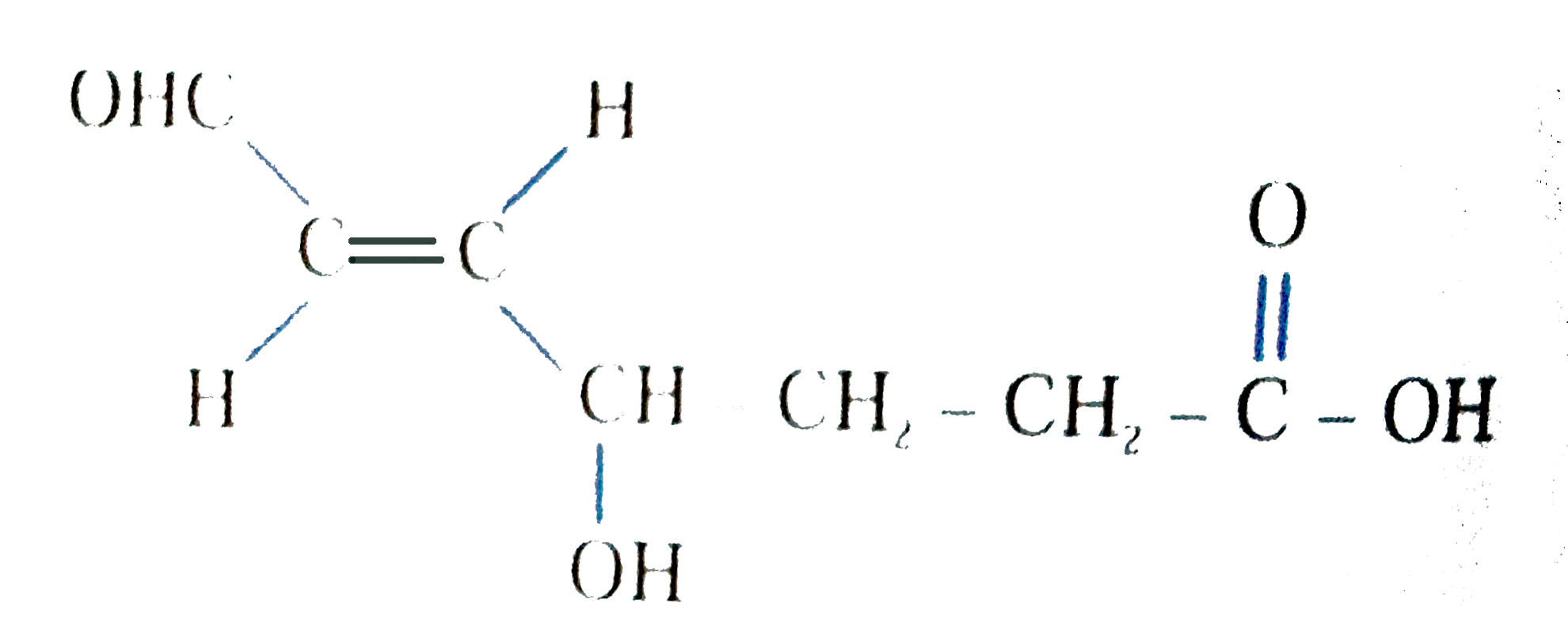The energy of activation of positive catalyzed reaction as compared to that of an uncatalyzed reaction is
more
less
same
may be more or less
The correct Answer is:B
To solve the question regarding the energy of activation of a positively catalyzed reaction compared to that of an uncatalyzed reaction, we can follow these steps:
1. Understanding Activation Energy:
- Activation energy (Ea) is the minimum energy required for a chemical reaction to occur. It is the energy barrier that reactants must overcome to form products.
2. Comparing Catalyzed and Uncatalyzed Reactions:
- In an uncatalyzed reaction, the reactants must reach a certain energy level (activation energy) to form the transition state and then proceed to products.
- In a catalyzed reaction, a catalyst provides an alternative pathway with a lower activation energy.
3. Energy Profile Diagram:
- Draw an energy profile diagram. On the y-axis, represent energy, and on the x-axis, represent the progress of the reaction.
- Mark the energy level of the reactants and products for both the uncatalyzed and catalyzed reactions.
4. Identifying Activation Energies:
- Identify the activation energy for the uncatalyzed reaction (Ea uncatalyzed) as the energy difference between the reactants and the transition state.
- Identify the activation energy for the catalyzed reaction (Ea catalyzed) as the energy difference between the reactants and the transition state in the presence of the catalyst.
5. Conclusion:
- Since the catalyst lowers the activation energy, we can conclude that:
Ea (catalyzed)<Ea (uncatalyzed)
- Therefore, the energy of activation for a positively catalyzed reaction is less than that of an uncatalyzed reaction.
Final Answer:
The energy of activation of a positively catalyzed reaction is less than that of an uncatalyzed reaction.
---
- Activation energy (Ea) is the minimum energy required for a chemical reaction to occur. It is the energy barrier that reactants must overcome to form products.
- In an uncatalyzed reaction, the reactants must reach a certain energy level (activation energy) to form the transition state and then proceed to products.
- In a catalyzed reaction, a catalyst provides an alternative pathway with a lower activation energy.
- Draw an energy profile diagram. On the y-axis, represent energy, and on the x-axis, represent the progress of the reaction.
- Mark the energy level of the reactants and products for both the uncatalyzed and catalyzed reactions.
- Identify the activation energy for the uncatalyzed reaction (Ea uncatalyzed) as the energy difference between the reactants and the transition state.
- Identify the activation energy for the catalyzed reaction (Ea catalyzed) as the energy difference between the reactants and the transition state in the presence of the catalyst.
- Since the catalyst lowers the activation energy, we can conclude that:
Ea (catalyzed)<Ea (uncatalyzed)
- Therefore, the energy of activation for a positively catalyzed reaction is less than that of an uncatalyzed reaction.
The energy of activation of a positively catalyzed reaction is less than that of an uncatalyzed reaction.
Topper's Solved these Questions
- CHEMICAL KINETICS Book:NARAYNAChapter:CHEMICAL KINETICS Exercise:EXERCISE -1 (C.W) (RATE OF REACTION & FACTORS)
Explore 14 Videos
- CHEMICAL KINETICS Book:NARAYNAChapter:CHEMICAL KINETICS Exercise:EXERCISE -1 (C.W) (ORDER OF REACTION)
Explore 14 Videos
- CHEMICAL KINETICS Book:NARAYNAChapter:CHEMICAL KINETICS Exercise:CHECK YOUR GRASP
Explore 14 Videos
- CARBOXYLIC ACIDBook:NARAYNAChapter:CARBOXYLIC ACIDExercise:All Questions
Explore 288 Videos
- CHEMISTRY IN EVERYDAY LIFEBook:NARAYNAChapter:CHEMISTRY IN EVERYDAY LIFEExercise:ASSERTION & REASON TYPE QUESTIONS
Explore 10 Videos
Similar Questions
The rate of a gaseous reaction is given by the expression k [A] [B]. If the volume of the reaction vessel is suddenly reduced to 1/4th of the initial volume, the reaction rate relating to original rate will be
View Solutionfor a reaction 2A+3B→Products, the rate law expression is given by rate = K(A)1(B)2 . The order of the reaction with respect to A,B and over all order of reaction ar
View SolutionWhat is the instantaneous rate of a reaction.
View SolutionProvide IUPAC name of the compound given below.

View Solution(A) Analgesics bring down body temperature during high fever.
(R ) Tetracyclin is a tranquillizer.
View SolutionConisder the following reaction at 300K:
A→B (uncatalyzed reaction)
A→B (catalyzed reaction)
The activation energy is lowered by 8.314kJmol−1 for the catalyzed reaction. The rate of this reaction is
View SolutionA catalyst lowers the activation energy of a reaction form 20kJmol−1 to kJmol−1. The temperature at which the uncatalyzed reaction will have the same rate as that of the catalyzed at 27∘C is
View SolutionA catalyst accelerates the reaction by……… the activation energy of the reaction, or by forming an …………..with……………..activation energy.
View SolutionShow reactions requires less activation energy as compared to fast reactions. Do you agree with the statement?
View Solutionउच्च सक्रियण ऊर्जा वाली अभिक्रिया कम सक्रियण ऊर्जा वाली अभिक्रिया की अपेक्षा तीव्र होती है।
View Solutionधनात्मक उत्प्रेरक अभिक्रिया की सक्रियण ऊर्जा को …………….. कर अभिक्रिया दर में.............करता है।
View SolutionThe enzyme-catalyzed reaction is faster than a metal catalyzed reaction because
View SolutionThe enzyme-catalyzed reaction is faster than a metal catalyzed reaction because its activation energy is
View SolutionThe activation energy of a forward reaction is 50 kcal. The activation energy of the back reaction is:
View SolutionConisder the following reaction at 300K:
A→B (uncatalyzed reaction)
A→B (catalyzed reaction)
The activation energy is lowered by 8.314kJmol−1 for the catalyzed reaction. The rate of this reaction is
View Solution